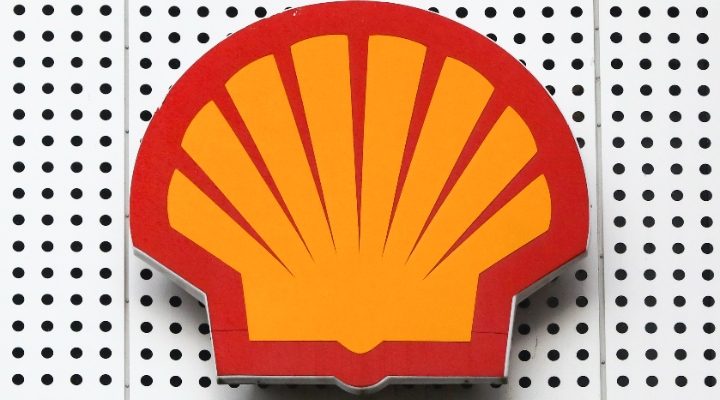This article is part of Morningstar's "Perspectives" series, written by third-party contributors. Here, Richard Robinson, manager of the Ashburton Global Energy Fund discusses the future of the oil price.

We are rapidly transitioning from a market drowning in oil – oversupplied and excess stored oil – to a new reality of undersupply and low storage levels. This is largely due to the collapse in the approval of new oil projects since 2014.
At the same time, the market is facing heightened risk to current supply – as a result of the lack of spend and increasing political volatility in oil-producing nations – such as Venezuela, Angola and Iran. The seed is being sown for a structurally higher oil price, combined with heightened probability of risk premium.
Due to the collapse in capital spend, we believe the implications for the oil price are going to remain bullish for some time to come. In order to meet demand, the oil market will soon increasingly rely on the growth in US shale production, currently 8% of total supply. It will also need an improving supply outlook for offshore production, which is more than 30% of production. However, offshore production will take four to seven years, from the point of project sign off, to produce first oil.
Last year, the world discovered the least amount of oil since the 1930’s, while 2016 and 2017 were not much better uncovering the least amount since the 1940’s. Compounding the challenge of undersupply, International Energy Agency demand expectations are more often than not hopelessly undercooked and on average their demand expectations have been revised up by around 700,000 thousand barrels per day since 2013.
Assuming 3.9% global GDP growth and a relatively steady oil price, we would not be surprised if oil demand increases 1.8 to 2 million thousand barrels per day this year, versus expectation of 1.3 million thousand barrels per day, driven by growth in China and India.
Sector Displaying Strong Fundamentals
The combination of improved pricing and the volume of work needed to restore the supply balance is likely to benefit a raft of sub-sectors within the oil sector. In 2013, when Brent crude was over $110 per barrel, the major oil companies were struggling to cover capex – let alone dividends – using organic cash flow. After cutting costs and making significant disposals, the oil majors have the ability to cover capex and pay dividends with Brent at $50 per barrel.
With the positive outlook for the oil price unfolding over the next few years, integrated oil companies are beginning to show significant cash balances and industry reserve replacement ratios appear increasingly challenged post 2020, a problem that needs addressing now. As a result, we believe capex in the offshore space is poised to move higher – following the turn in onshore spend.
The energy sector had a torrid time in 2017, despite a strong oil price. The weighting of energy stocks within the MSCI World Index is close to an all-time low, despite a 77% oil price rally from its lows. Combined with the improved fundamentals, this is a clear indicator the cycle is due to turn. The last time we saw such a wide divergence between oil price performance and equity performance was 2002, the following year was the start of the five-year energy sector bull run, when energy stocks outperformed the S&P by 180%.
In the upward period of the price cycle, we are looking to overweight subsectors displaying the highest oil price sensitivity – especially areas close to the source of the raw material, such as service companies and exploration and production companies. Given we believe the recent uptrend in the oil price will be sustained for the foreseeable future, we are currently overweight this area of the market – with our oil price sensitivity 30% higher than the MSCI Energy benchmark.
Morningstar Disclaimer
The views contained herein are those of the author(s) and not necessarily those of Morningstar. If you are interested in Morningstar featuring your content on our website, please email submissions to UKEditorial@morningstar.com.



























